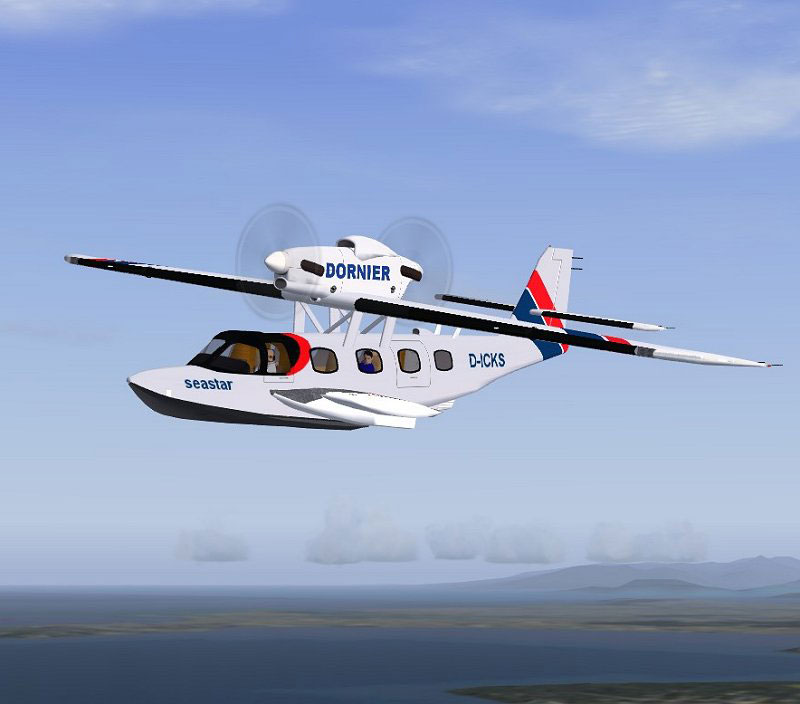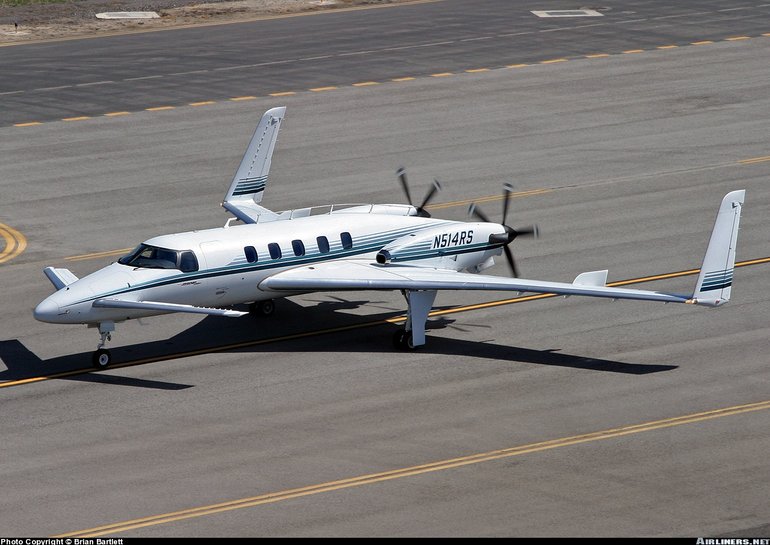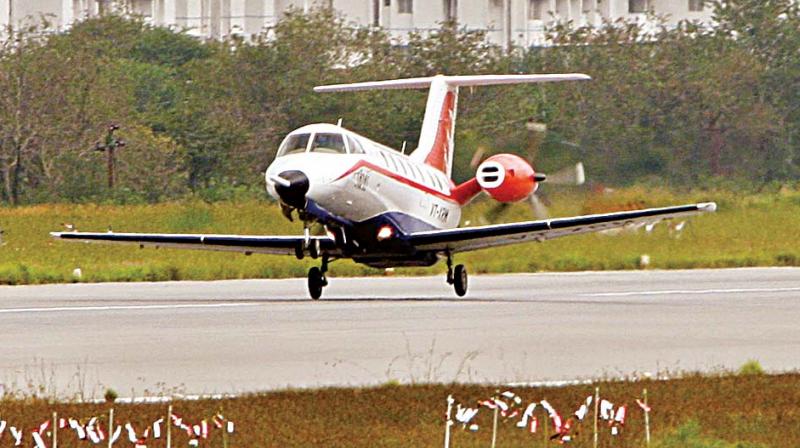Indranil wrote:Chetak Sir,
I hate to say this but your cognition of what really happened is not in accordance to what the report says.
There was no wrong NAL procedure. There was no procedure at all other than standard practice. They had asked P&W and P&W said that relight is possible from any prop position. Feathering was at pilot’s discretion. NAL had tried this several times in the teatbench and every time it worked. Then, NAL and the pilots tried the relight sequence from within the aircraft while on the ground and everything went well because there was no windmilling on ground. So they proceeded with the flight test.
Going by your standards all flight design teams (the world over) should be hanged.
Indranil ji,
Let's not discuss this any further.
Design teams are at fault a lot of the times and the pilots too are not free of this menace.
That's why design teams should follow a strict and detailed design process, for instance, the US DOD/NASA derived process which has been already well documented and detailed, now crystallized after being extensively refined using the inputs of countless failures, improvements and the subsequent verified corrective measures. Such design formats, in one form or the other are followed the world over. Risk and failure mode analysis form the heart of any design process.
Many organisations use the process as developed or derive a variation of the process to suit their particular use. In almost in all cases, the basic provisos remain untouched.
To make absurd statements like "accidents will happen and people will die" is to take a fatalistic view and such a view is certainly not acceptable in today's world. A view that is unsafe and unwarranted as part of a design mindset, per se.
It's a designers job to make sure that there are no accidents or even surprises and the pilot's job to take forward the designer's vision and flesh it out as it were. Risk and failure mode analysis form the heart of any design process and I cannot stress this enough. If done systematically, exhaustively and comprehensively, involving all stake holders including outsourced stakeholders, it all but eliminates accidents and surprises minus of course, acts of god.
If one of the designer's pet assumptions is that "accidents will happen and people will die", then such designers should man up and have the testimonials to accompany the test pilot for every test flight.
If it was a black swan event, it is understandable but this fatality was the result of a series of eminently avoidable human errors that should never have happened in a professional organisation with a well fleshed out and systematic processes in place . The organisation had got into a rut. If any PD has to repeat on the flight line "terminate and come back, if relight fails in the first attempt" is a guy looking for witnesses to display the fine art of a govt employee who is in the CYA mode.
A confident PD, on the flight line, would have wished the pilot: "Good luck, have a great flight" and left it at that. The rest had already been said during the briefing.
I have repeatedly said that the report is a political one and anyone can guess why.
Survival is, after all, the most basic of human instincts. Sometimes it extends to organisations too.
Be that as it may, we seem to be drawing different conclusions from the same report.
Almost all aircraft in the world have something known as the POH: Pilots Operating Handbook.
This is a mandatory cockpit reference book, sometimes spiral bound, that gives the precise procedures to follow in case of routine flight operations, start up, shut down sequence both on ground and in flight, clearcut procedures to handle in flight emergencies yada yada.
This is the SOP. The crew cannot and will not go by memory alone on how to handle emergencies or other procedures.
Too bad that the POH was never mentioned for the saras. Prototype, though it may be.
for large aircraft like the boeings/airbus, the POH is a thick book that has to be mandatorily used by the crew using a system of call and check to make doubly sure that the correct actions have been carried out and also verified to be correct.
my last on this.







